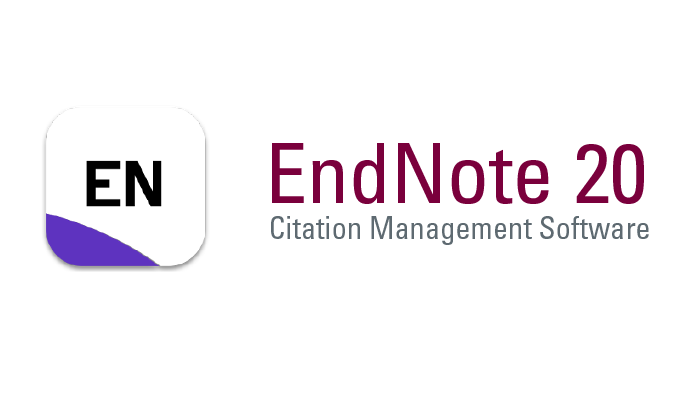STUDENTS' STRATEGIES IN OVERCOMING THE DIFFICULTIES ENCOUNTERED IN SPEAKING
A Descriptive Qualitative Research at MTsS Safinatussalamah
DOI:
https://doi.org/10.47887/amd.v3i1.45Keywords:
Strategy, difficulty, speaking.Abstract
This research was concerned to find out strategies were used by the eighth grade students of MTsS Safinatussalamah Lhokseumawe to overcome the difficulties in English speaking, and to know the reason they chose those strategies. The design applied in this research was descriptive qualitative research. Meanwhile, the techniques of data collection were observation, field note, and interview. The researcher analyzed the data by Miles and Huberman model, namely data reduction, data display, and conclusion. The result of the research showed that there were various learning strategies used by the students. There were meta-cognitive strategies, cognitive strategies, and social-affective strategies. They chose those strategies based on some reasons, such as because they wanted to check their language to be a good language in speaking, they felt easier to get the ideas in speaking, and they knew their ability in speaking. So, the strategies were very important to help students in learning process especially in learning English speaking. A good strategy also helped the students to learn fun and creative, so that the students would feel interested in learning and they could practice their speaking.
References
Bark, and C. Russell. (1999). Evolutionary Foundations of Imitation and Developmental Aspects of Imitative Processes, New York: Cambridge University Press.
Bogdan, Robert C, Biklen, Knop Sari. (1982). Qualitative Research for Education: An Introduction on Theory and Methods. London: Boston.
Brown, Douglas H. (2001). Teaching by Principle: an Interactive Approach Language Padagogy. San Fransisco: State University.
Bygate, Martin in Nunan, David. (1992). Designing Task for the Communicative Classroom, Sydney: Cambridge University Press.
Chaney, A. L., and Burk. (1998). Teaching Oral Communication in Grades K-8, Boston: Allyn & Bacon.
Elsjelyn E. R. (2008). English Made Easy, Jakarta: Kesaint Blanc.
Harmer, Jeremy. (1991). The Practice of English Language Teaching, New York: Longman Publishing.
Hornby, AS, and Crowther, Jonathan. (1995). Oxford Learner’s Dictionary of Currant English, New York: Oxford University Press.
Huda, N. (1999). Language Learning and Teaching Issue and Trend, Malang: Malang Publisher.
Hugnes, R. (2002). Teaching and Researching Speaking, Endiburh: Person Education Limited.
Hybel, Richard L. Weaver. (2001). Communicating Effectively, New York: Mc Graw-Hill Hinger Education.
John Watkins. (2003). Talking and Listening, NWS: Department of Education and Training.
Lexy J. Meolong, M. A. (2006). Metodologi Penelitian Kualitatif, Bandung: Remaja Rosda Karya.
Naiman, Frohlich, and Stern. (1991). The Good Language Learning Strategies, Boston: Massachuuts.
Nunan, D. (2003). Practical English Language Teaching, New York: Mc Graw-Hill.
O’ Malley, J. M., and Chamot, A. U. (1990). Learning Strategies in Second Language Acquisition, New York: Cambridge University Press.
Roger Scott. (1982). Speaking in the Communication in the Classroom, Hongkong: Wing Thai Cheung Printing Co. Ltd.
Sanapiah, Faisal. (2007). Format-format Penelitian Sosial, Jakarta: Raja Grafindo Persada.
Sugiyono. (2006). Metode Penelitian Kualitatif, Kuantitatif, dan R & D, Bandung: Alfabeta.
Sugiyono. (2008). Memahami Penelitian Kualitatif, Kuantitatif, dan R&D, Bandung: Alfabeta.
Downloads
Published
How to Cite
Issue
Section
License
Copyright (c) 2022 Samhudi Samhudi

This work is licensed under a Creative Commons Attribution-ShareAlike 4.0 International License.
Authors retain copyright and grant the journal right of first publication and this work is licensed under a Creative Commons Attribution-ShareAlike 4.0 that allows others to share the work with an acknowledgement of the works authorship and initial publication in this journal.
All articles in this journal may be disseminated by listing valid sources and the title of the article should not be omitted. The content of the article is liable to the author.
Authors are able to enter into separate, additional contractual arrangements for the non-exclusive distribution of the journal's published version of the work (e.g., post it to an institutional repository or publish it in a book), with an acknowledgment of its initial publication in this journal.
Authors are permitted and encouraged to post their work online (e.g., in institutional repositories or on their website) prior to and during the submission process, as it can lead to productive exchanges, as well as earlier and greater citation of published work.
In the dissemination of articles by the author must declare the Al-Madaris Jurnal Pendidikan dan Studi Keislaman as the first party to publish the article.














